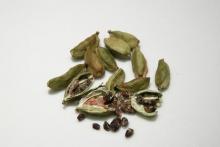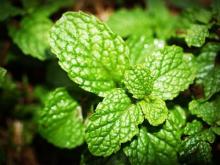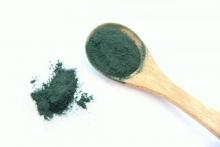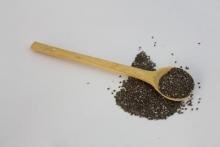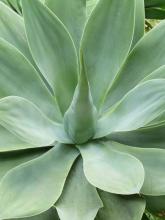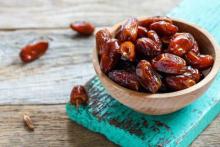Superfood 101: Cardamom!
Ayurveda is one of the most ancient of the healing arts that considers the body, the mind and the spirit. Its philosophy is the basis of other eastern healing methods and also includes several holistic healing methods. Ayurveda states that disease begins in the gastrointestinal tract when the system is out of balance and food is not digested properly. It uses foods as a treatment based on six tastes of sweet, sour, pungent, bitter and astringent.

